1 Which of the Following Accurately Describes Hiv
Which one of the following best describes the 2006 Centers for Disease Control and Prevention CDC recommendations for HIV testing in the United States. Acute HIV infection and the sexual transmission of HIV.

Human Immunodeficiency Virus Hiv British Society For Immunology
The following sections will address interactions between antiretroviral medications and several important therapeutic classes.

. The underlying cause for Jacks initial confusion disorientation and inability to remember things was. HIV testing will occur in a variety of settings outside of. All states require that health care providers report a diagnosis of HIV to their local or state health department.
The mechanism behind such mutations is thought to be due to the inability of the viral reverse transcriptase to accurately transcribe RNA to DNA. J Infect Dis 2004. The genome and proteins of HIV human immunodeficiency virus have been the subject of extensive research since the discovery of the virus in 1983.
Which of the following most accurately describes. HIV is able to hide from the immune system. No lesions or symptoms HSV-1 antibodies may or may not be present HSV-2 antibodies are present Lesions present symptoms usually mild HSV-1 antibodies may or may not be present HSV-2 antibodies are present.
An HIV-12 differentiation assay confirms HIV-1 infection. Human immunodeficiency virus HIV is classified as an RNA virus because its genome or genetic material consists of a single strand of RNA. Since HIV infection and fully developed AIDS are not the same thing AIDS is defined as.
Drug Interactions in HIV Clinical Care The most commonly encountered drug interactions in the context of HIV clinical care occur between antiretroviral therapies and medications used to manage common comorbidities. HIV is deadly but doesnt target key cells in the immune system. One of the reasons why it is difficult to find effective drugs against HIV is because a.
In 1990 researchers identified the first HIV bNAb far more powerful than any antibody seen before. HIV can pass easily from one person to the next through casual contact. Pilcher CD Joaki G Hoffman IF et al.
A process to identify potential hazards and analyze what could happen if a hazard occurs - accurately describes Risk assessment. Small population sizes of HIV can drift away from drug resistance b. Untreated HIV infection can remain in the early chronic stage for a decade or more.
The nucleotides of DNA and RNA contain a five-carbon sugar bonded to a phosphate group and a. Late chronic HIV infection is called acquired immunodeficiency syndrome AIDS. Afever skin rashes loss of appetite swollen lymph glands bheadaches high blood pressure constipation bloating.
DESCRIBE the graphic on the slide by making the following points. Which of the following accurately describes HIV. In the search for the causative agent it was initially believed that the virus was a form of the Human T-cell leukemia virus HTLV which was known at the time to affect the human immune system and cause certain leukemias.
It has been known for a long time that HIV-1 mutates rapidly and does so to escape the pressure from either host immunity both cellular and humoral andor antiretroviral drug treatment. Which of the following statements accurately describes a similarity between the nucleotides of DNA and RNA. Six amino acids at the tip of HIVs surface protein gp120 were responsible.
HIV is able to hide from the immune system. Fluids known to transmit HIV include all the following except. HIV can pass easily from one person to the next through casual contact.
Which one of the following best describes the required reporting for a positive HIV test result. Which of the following accurately describes HIV. They described the exact viral component or epitope that triggered the antibody.
Untreated HIV infection has a predictable pattern of progression. Which statements accurately describe HIV infection select all that apply. Human Immunodeficiency Virus HIV-1 constitutes a devastating epidemic the world faces today with nearly 37 million people currently living with the virus and over one million annual deaths due to AIDS related illnesses.
Which of the following MOST accurately describes symptoms of HIV within a few. HIV is able to hide from the immune system. Which of the following accurately describes one of the general steps of HIV infection.
Low mutation rate help drug resistance d. HIV is deadly but doesnt target key cells in the immune system. HIV can pass easily from one person to the next through casual contact.
33Which statement is true about stakeholder engagement in planning. HIV is able to hide from the immune system. HIV is deadly but doesnt target key cells in the immune system.
HIV leads to AIDS when about one third of the individuals T cell count is lost. Course Title PSYC 2301. Large populations contain variants that are resistant to drugs c.
Current therapy namely highly active antiretroviral therapy HAART can successfully control viral loads in the plasma and infected individuals. Preventing HIV Transmission in Persons with HIVQuestion 810. Which one of the following combinations of clinical and laboratory findings most accurately describes primary HSV-2 infection.
Comparison of HIV-1 concentrations in semen and blood during acute and chronic infection. HIV leads to AIDS when about one third of the individuals T cell count is lost. No HIV test can detect HIV immediately after infection.
Pregnant patients with HIVAIDS will have a code from chapter 15 as the first-listed code. Which of the following accurately describes HIV. One dot for HIV 1 and the other for HIV 2 At the.
History of HIV bNAbs. 32Which of the following statements accurately describes a risk assessment. Which of the following most accurately describes symptoms of HIV infection.
Explain the advantages and disadvantages of HIV rapid tests Accurately recognize individual test result as reactive non-reactive or invalid. HIV Transmissions along the HIV Care Cascade. Correlation of HIV RNA Level and Risk of Transmission.
HIV leads to AIDS when about one third of the individuals T cell count is lost. Amplified transmission of HIV-1. The first bNAb turned out to be clinically irrelevant but in 1994 another team isolated a bNAb that.
Which of the following accurately describes HIV. Routine HIV testing is recommended in all health care settings but only for persons aged 19 to 39 years.
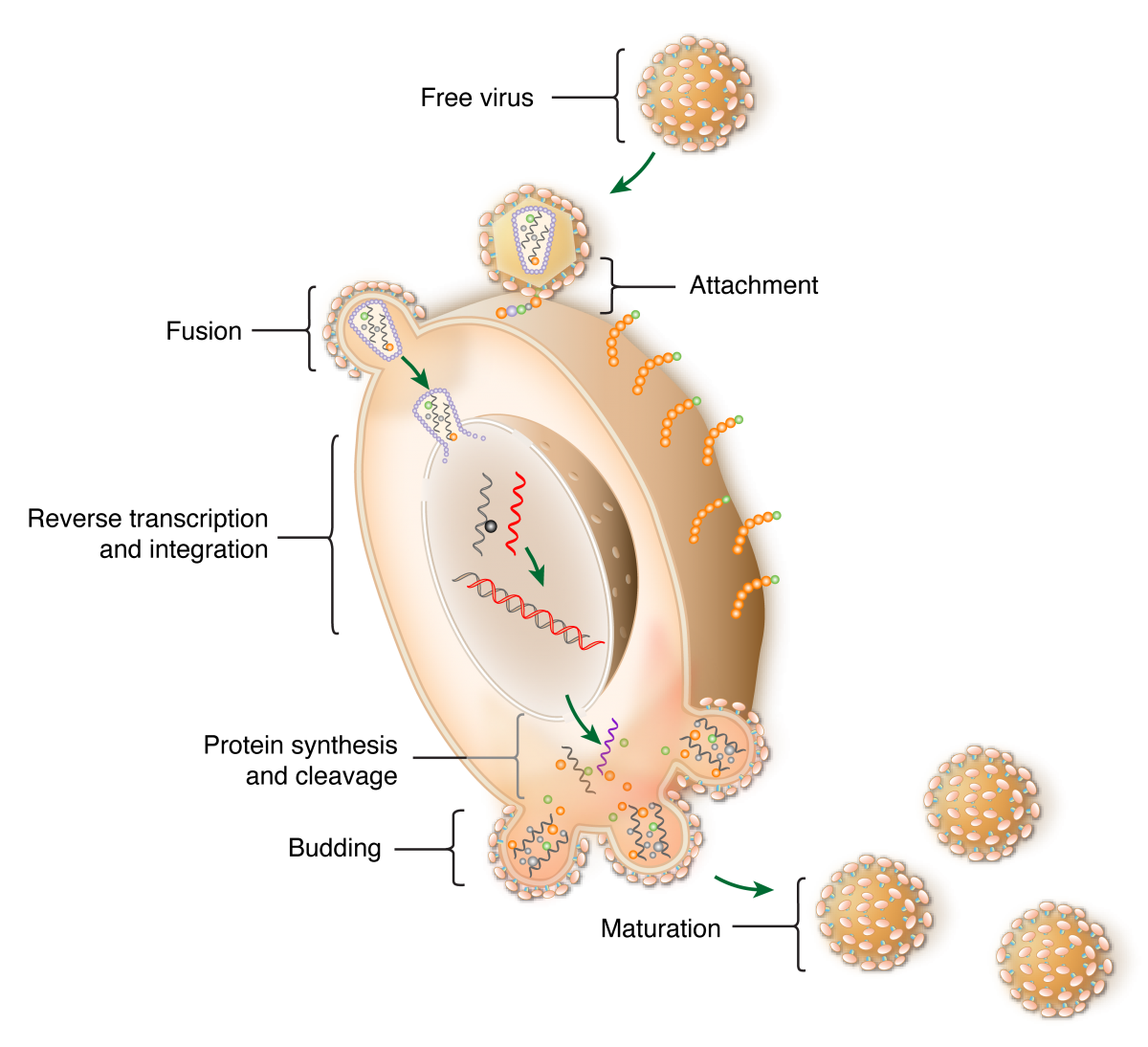
How Hiv Infects A Cell International Partnership For Microbicides

How Accurate Is Self Testing Home Testing For Hiv Aidsmap

Human Immunodeficiency Virus Hiv British Society For Immunology
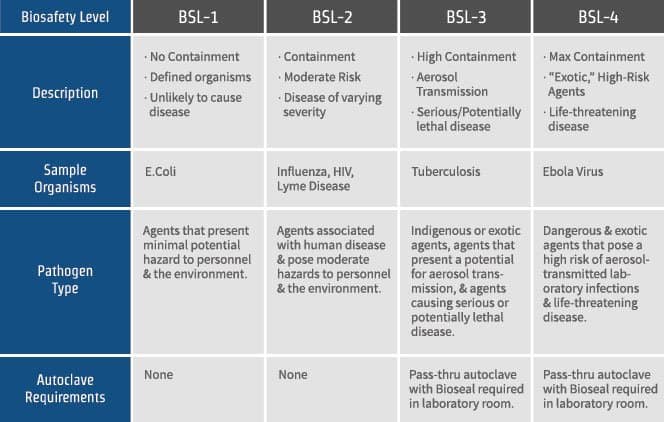
Biosafety Levels 1 2 3 4 What S The Difference

This Hiv Aids Specialist Explains Its Similarities And Differences To Covid 19

Effects Of Hiv What Happens To The Body

What Is The Window Period For Hiv Testing Aidsmap

Hiv And Aids Overview Causes Symptoms And Treatments
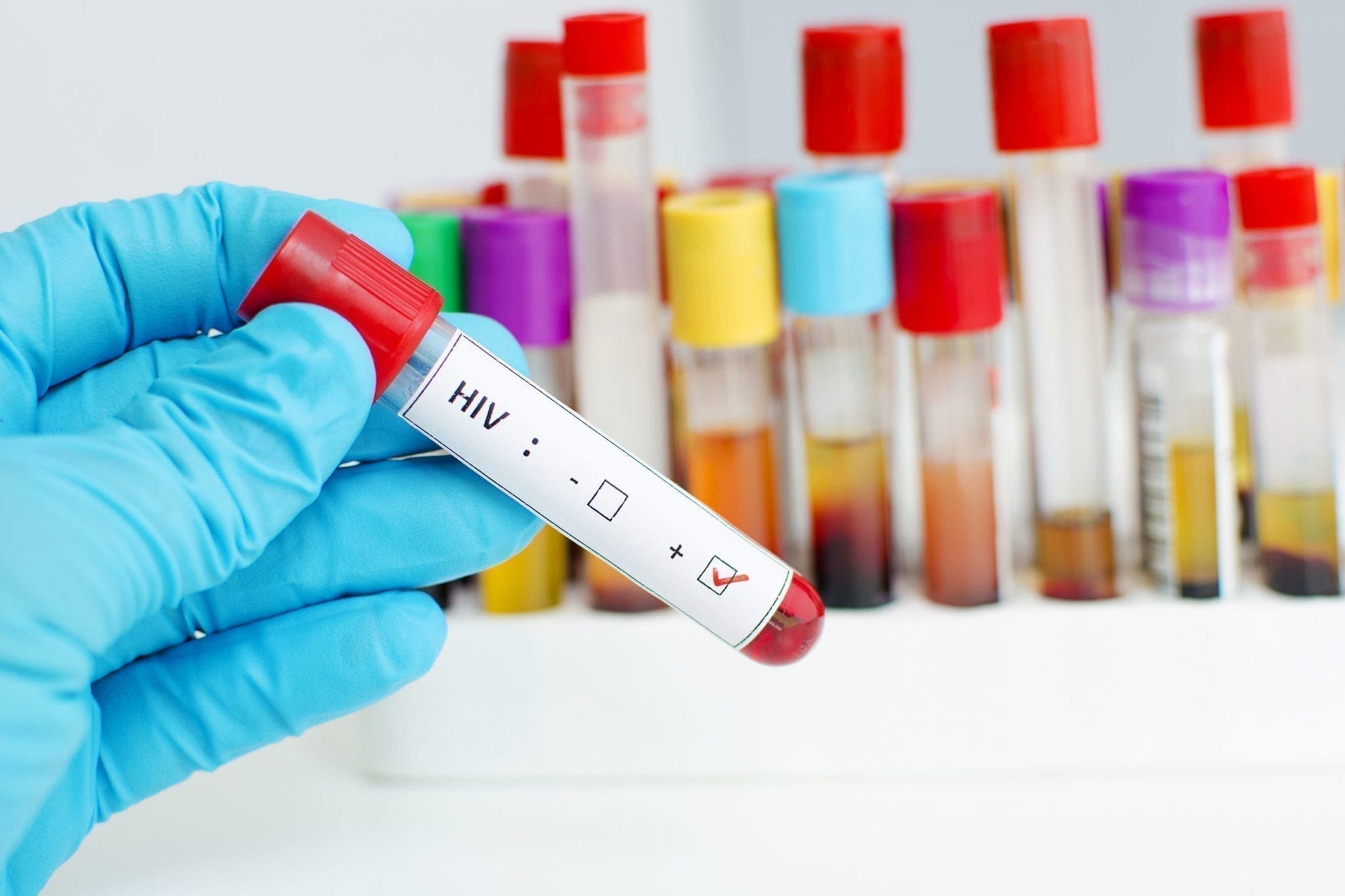
What Is Hiv Hiv Symptoms And Treatment Familydoctor Org
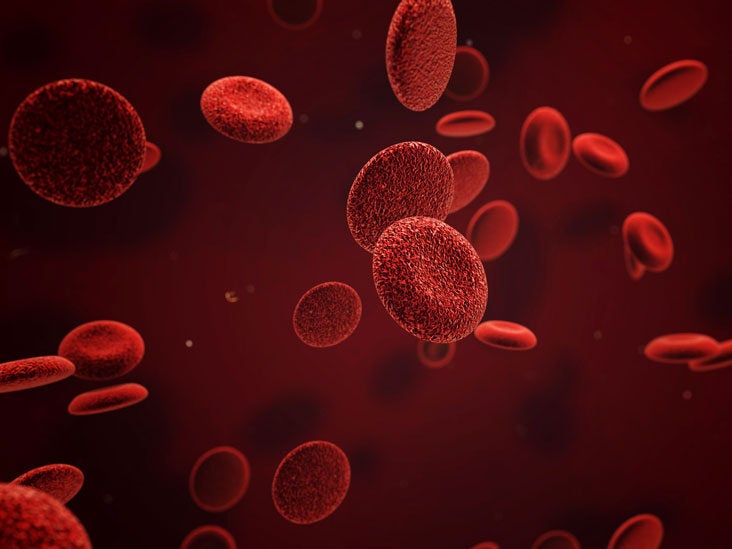
Cd4 Count Normal Range Viral Load And What It Means For People

How Hiv Affects The Body Hiv Transmission Disease Progression More

Evolution During Primary Hiv Infection Does Not Require Adaptive Immune Selection Pnas

Evolution During Primary Hiv Infection Does Not Require Adaptive Immune Selection Pnas

Human Immunodeficiency Virus Hiv British Society For Immunology

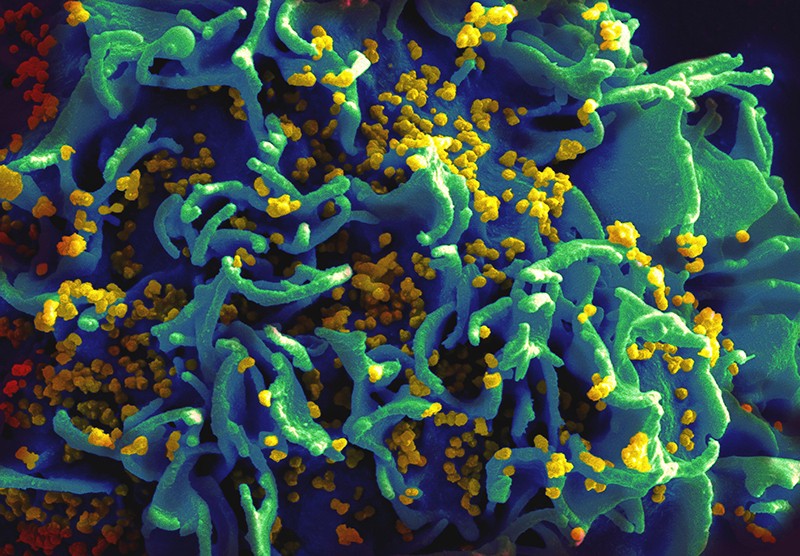


Comments
Post a Comment